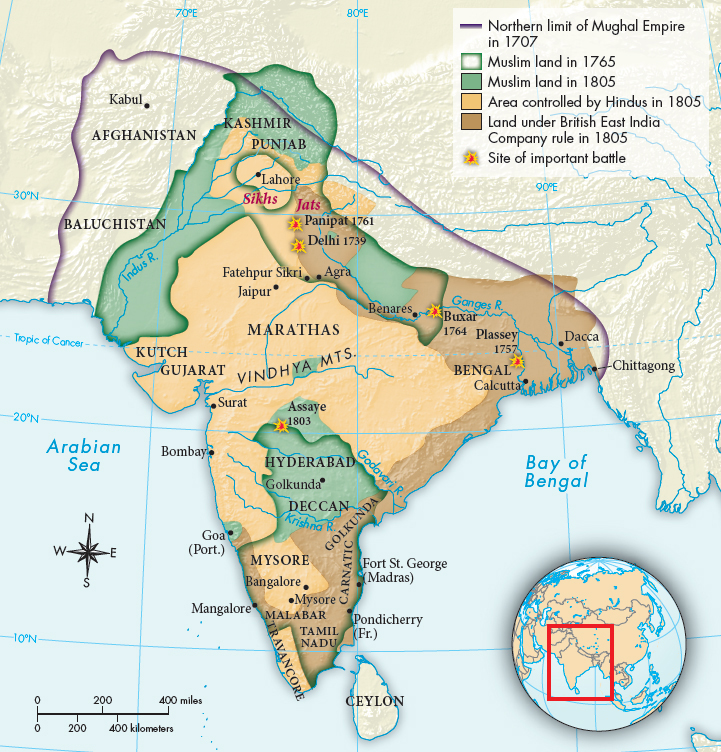A History of World Societies:
Printed Page 508
A History of World Societies Value
Edition: Printed Page 508
European Rivalry for Trade in the Indian Ocean
Shortly before Babur’s invasion of India, the Portuguese had opened the subcontinent to Portuguese trade. In 1510 they established the port of Goa on the west coast of India as their headquarters and through an aggressive policy took control of Muslim shipping in the Indian Ocean and Arabian Sea, charging high fees to let ships through. The Portuguese historian Barrões attempted to justify Portugal’s seizure of commercial traffic that the Muslims had long dominated:
It is true that there does exist a common right to all to navigate the seas and in Europe we recognize the rights which others hold against us; but the right does not extend beyond Europe and therefore the Portuguese as Lords of the Sea are justified in confiscating the goods of all those who navigate the seas without their permission.5
In short, the Portuguese decided that Western principles of international law should not restrict them in Asia. As a result, they controlled the spice trade over the Indian Ocean for almost a century.

In 1602 the Dutch formed the Dutch East India Company with the stated goal of wresting the enormously lucrative spice trade from the Portuguese. In 1685 they supplanted the Portuguese in Ceylon (Sri Lanka). The scent of fabulous profits also attracted the English. With a charter signed by Queen Elizabeth, eighty London merchants organized the British East India Company. In 1619 Emperor Jahangir granted a British mission important commercial concessions. Soon, by offering gifts, medical services, and bribes to Indian rulers, the British East India Company was able to set up twenty-
The British called their trading posts factory-
Factory-